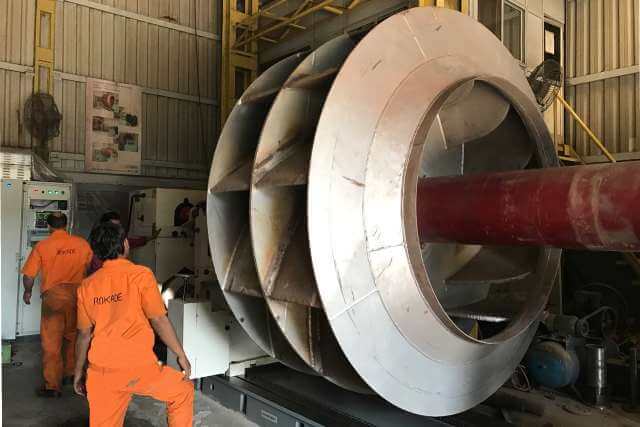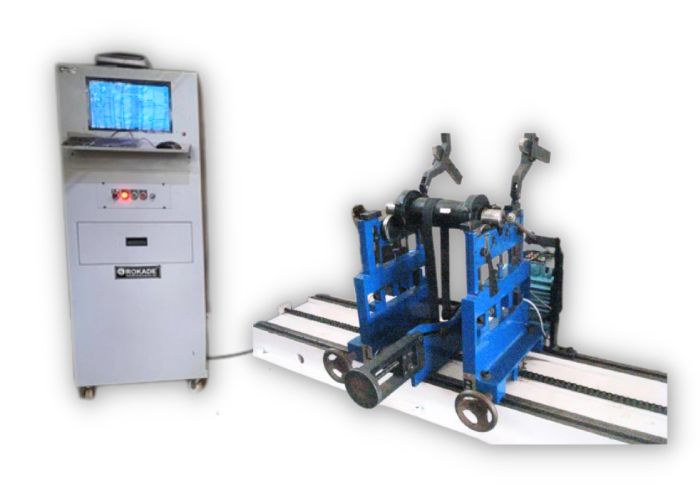Benefits Of Dynamic Balancing
Dynamic balancing is when the rotation does not produce any resultant centrifugal force or couple. The system will rotate without needing the application of any external force or couple, other than that required to support its weight. When a system or machine is unbalanced, to avoid stress being put upon the bearings, a counterbalancing weight is added. Dynamic balancing is a way to balance out machines by rotating parts quickly and then measuring the imbalance using electronic equipment. The imbalance calculated can then be added or subtracted from the weight until the vibration of the parts is reduced.
8 Benefits of Dynamic Balancing Exercises
Bearing life: Balancing the machine can extend the bearing life as it is affected most by unbalance.
Low vibration: One of the greatest sources of vibration is unbalance
Low noise: Mechanical vibration is also one of the leading causes of airborne noise.
Operator fatigue: The exposure to high levels of noise and vibration can affect the efficiency of the operator.
Operator safety: Machine failure is less likely to occur, personal safety is increased.
Operating cost: Many facilities will keep extra machines on hand in case a breakdown occurs. Because machines operate longer and with fewer problems, you can keep fewer machines on hand.
Structural stress: Due to the fact that vibration associated with unbalance is absorbed by the surrounding structure, having a machine operating in balance will reduce structural stress
Productivity: Well balanced electric motors are less prone to failure, which means that there is less unplanned downtime in your shop. Unplanned downtime causes production delays that result from removing damaged equipment for repair, purchasing/pulling another motor from storage and getting the replacement motor up and running. Well balanced motors also last longer and do not require repair as often as unbalanced motors.



